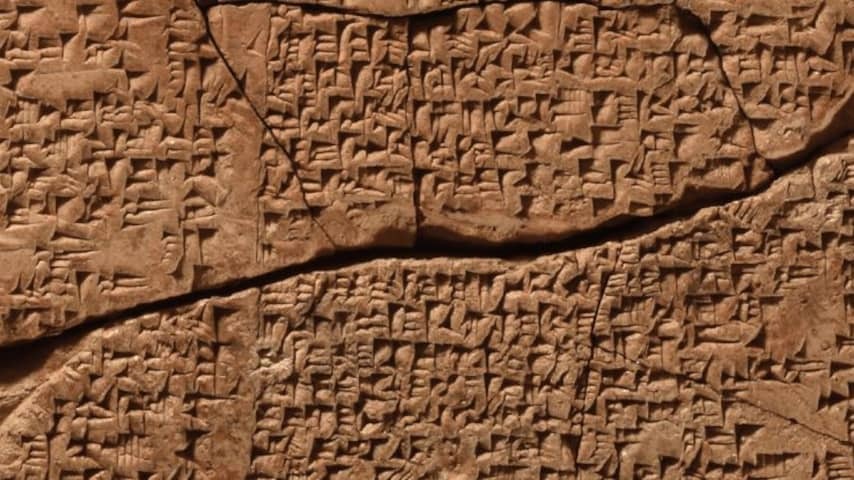
Scientists have deciphered a nearly three-thousand-year-old hymn using AI. The hymn is about the city of Babylon, which had perished a millennium before.
Babylon was founded around 2000 BC in Mesopotamia, in what is now present-day Iraq. It was once the largest city in the world. The metropolis was a cultural center and numerous texts were written there, a large part of which on clay tablets.
Scientists from universities of Munich and Baghdad have studied dozens of texts from the seventh to second or first century BC. By digitizing these cuneiform tablets, it was much easier to find out what was written on them. According to one of the researchers, it would have otherwise taken decades.
With the help of AI, the scientists have discovered several fragments of an almost three-thousand-year-old hymn. The hymn was originally 250 lines long and was about the city of Babylon. “The author describes the buildings in the city, but also how the water of the Euphrates (the most important river in the Middle East, ed.) brings spring and makes the fields green,” says one of the scientists.
That is special, because in most of the remaining Mesopotamian literature not much is written about natural phenomena.
Role of women is also discussed in hymn
The hymn also gives details about Babylonian women, about whom little else is known. “This is of great importance for understanding the roles that the different types of priestesses played,” say the scientists. “Priestesses are especially virtuous, but devotion and discretion are (in this hymn, ed.) the most important virtues that are praised in women.”
The scientists think that the hymn is a real “classic”, because it has been found on so many different clay tablets. According to them, it could just be that students had to memorize the hymn as part of their education. “It is remarkable that such a popular text has remained unknown until now,” say the scientists.